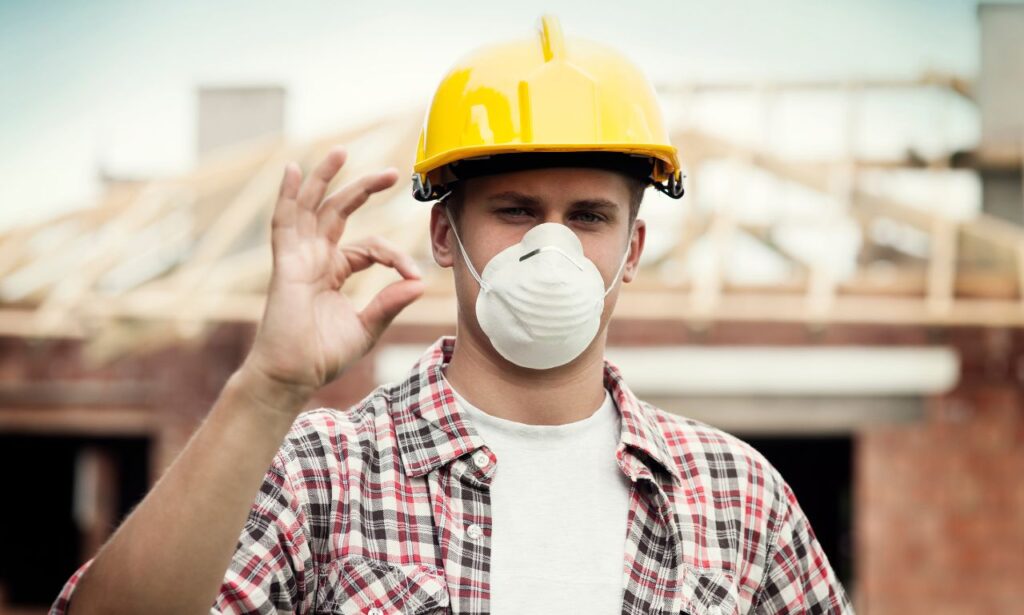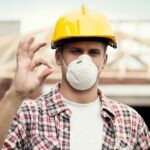Asbestlint, a term emerging in recent environmental and occupational health discussions, refers to fine, fibrous debris resulting from degraded or disturbed asbestos-containing materials. While asbestos has long been recognized as a hazardous substance, asbestlint is gaining attention for its subtle but serious health threats, particularly in aging infrastructure and poorly maintained industrial spaces.
Understanding what asbestlint is, how it forms, and how it affects human health is essential for homeowners, workers, and facility managers alike. This article explores everything you need to know about asbestlint, from its composition to safe management techniques.
What Is Asbestlint?
Asbestlint consists of ultra-fine fibers that detach from friable asbestos-containing materials (ACMs). These materials include insulation, ceiling tiles, roofing products, and older HVAC systems. When these deteriorate or are disturbed without proper safety controls, microscopic lint-like fibers are released into the air, creating a high-risk environment.
Unlike standard asbestos fibers, asbestlint is often overlooked due to its dusty, lint-like appearance. However, its airborne nature increases the likelihood of inhalation, making it especially hazardous in enclosed or poorly ventilated areas.
Where Asbestlint Is Commonly Found
Asbestlint can accumulate in areas where ACMs are deteriorating or have been improperly handled. Common locations include:
-
Mechanical rooms and boiler systems in older buildings
-
Ceiling cavities with aging pipe insulation
-
HVAC ducts in homes or offices built before the 1980s
-
Industrial zones with unsealed or damaged asbestos panels
In commercial buildings, asbestlint may be found in light fixtures, electrical boxes, and air returns where vibration and airflow disturb settled fibers. Homeowners doing renovations on older homes are also at risk if they unknowingly disturb ACMs without protective equipment.
How Asbestlint Poses Health Risks
Exposure to asbestlint is dangerous because the fibers are small enough to be inhaled and become lodged in the lungs. Prolonged exposure can lead to serious health conditions, including:
-
Asbestosis: Scarring of lung tissue that leads to chronic respiratory issues
-
Mesothelioma: A rare and aggressive cancer primarily caused by asbestos exposure
-
Lung Cancer: Higher risk, especially among smokers exposed to airborne fibers
-
Pleural Effusions: Fluid buildup around the lungs caused by fiber irritation
Because the fibers are microscopic, asbestlint exposure often goes unnoticed until symptoms appear years or decades later. This makes prevention and early detection critically important.
Identifying Asbestlint in Your Environment
Visual identification of asbestlint is difficult due to its fine, dust-like appearance. However, warning signs may include:
-
Unusual gray or white fuzz near insulation or ducts
-
Settled dust in mechanical spaces that returns after cleaning
-
Air filters that clog quickly with fibrous debris
-
Increased allergies or respiratory issues among occupants
The most reliable way to detect asbestlint is through professional air quality testing and material sampling. Certified asbestos inspectors use polarized light microscopy (PLM) or transmission electron microscopy (TEM) to identify asbestos fibers in dust samples.
Asbestlint During Renovations and Demolitions
Renovation projects in buildings constructed before the 1990s can unknowingly release asbestlint. Drilling, sanding, or cutting into ACMs—even those that appear intact—can cause fine fibers to become airborne.
Before starting any renovation or demolition, it’s crucial to:
-
Have the area inspected by an asbestos-certified professional
-
Use containment procedures such as sealing off the area with plastic sheeting
-
Employ HEPA-filtered negative air machines to reduce airborne particles
-
Ensure workers wear protective suits and P100-rated respirators
Never attempt to remove asbestos materials—or clean up suspected asbestlint—without professional guidance. DIY efforts often result in greater exposure and contamination.
Managing and Removing Asbestlint Safely
Managing asbestlint begins with containment and risk assessment. If the lint is undisturbed and in a restricted area, it may be safer to encapsulate the material rather than remove it. However, active lint particles in high-traffic areas must be addressed immediately.
Safe removal procedures include:
-
Wet wiping and vacuuming: Using HEPA vacuums to capture loose fibers without redistributing them
-
Encapsulation: Applying a binding agent to lock fibers in place and prevent them from becoming airborne
-
Enclosure: Installing a permanent barrier around ACMs to isolate them from airflow and contact
-
Professional abatement: Hiring licensed asbestos removal contractors for full-scale decontamination
All disposal must follow local environmental regulations. Asbestlint waste is considered hazardous and must be transported in sealed, labeled containers to approved landfills.
Legal and Occupational Guidelines
Governments around the world regulate asbestos and its byproducts, including asbestlint. In the U.S., OSHA and the EPA have strict requirements for handling and reporting asbestos in the workplace. Employers are responsible for:
-
Conducting hazard assessments in older buildings
-
Providing training for employees who may encounter ACMs
-
Maintaining exposure records and ensuring proper PPE use
Non-compliance can result in heavy fines and legal action, especially in schools, healthcare facilities, and public buildings.
Homeowners are not legally required to test for asbestlint, but doing so before renovations is strongly recommended. Real estate transactions involving older properties may also include asbestos disclosures depending on regional laws.
Reducing the Risk of Asbestlint Exposure
Whether you’re a homeowner or a building manager, taking steps to reduce the risk of asbestlint exposure is essential:
-
Conduct periodic inspections of older materials
-
Upgrade HVAC filters to MERV-13 or higher for better fiber capture
-
Replace damaged insulation with non-asbestos alternatives
-
Educate tenants or employees on safe reporting of suspicious dust or damage
Proactive maintenance, regular air testing, and professional consultation go a long way in maintaining a safe indoor environment.
Future of Asbestlint Research and Control
As awareness of asbestlint grows, research is focusing on more accurate detection methods and safer removal technologies. Innovations include robotic vacuum systems, fiber-trapping paint coatings, and AI-assisted fiber analysis for faster lab results.
Additionally, green building initiatives are encouraging retrofits of asbestos-laden structures with eco-friendly materials, reducing the long-term risk of fiber release.
Governments and health organizations continue to expand public education campaigns, ensuring that fewer people are unknowingly exposed to this hazardous material.
Final Thoughts
Asbestlint may not be a household term yet, but it represents a real and present danger, especially in buildings where asbestos remains part of the construction. Understanding its risks, knowing where it hides, and taking responsible steps toward detection and control are essential for protecting both health and property.
Don’t underestimate the risks of fine asbestos fibers. When in doubt, consult professionals, follow regulations, and prioritize safety over convenience.






